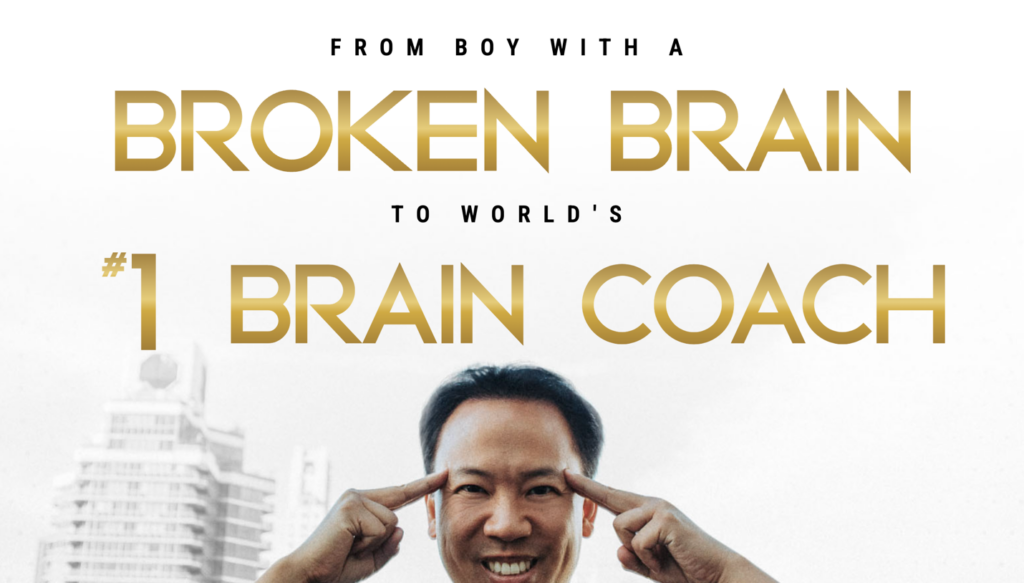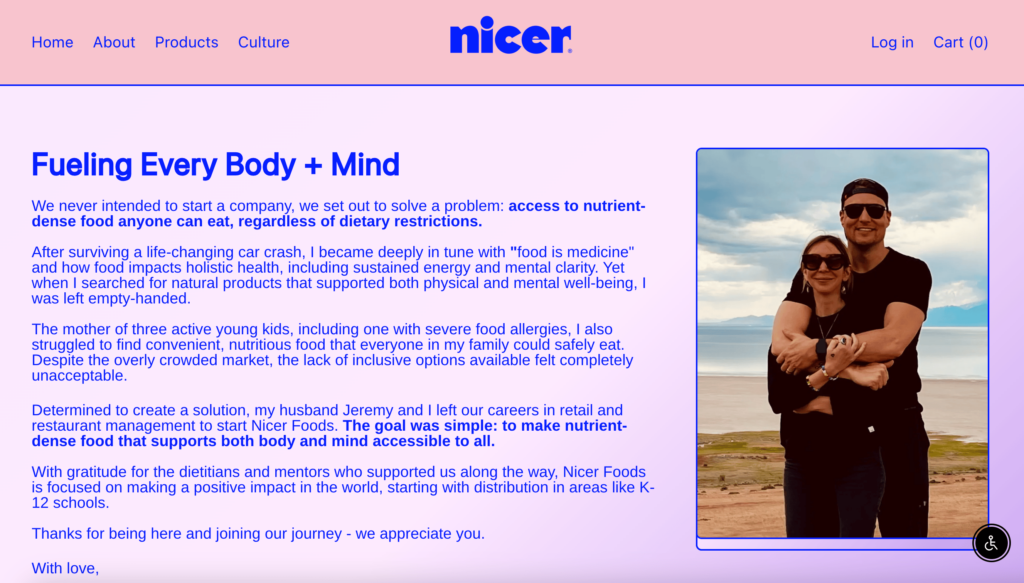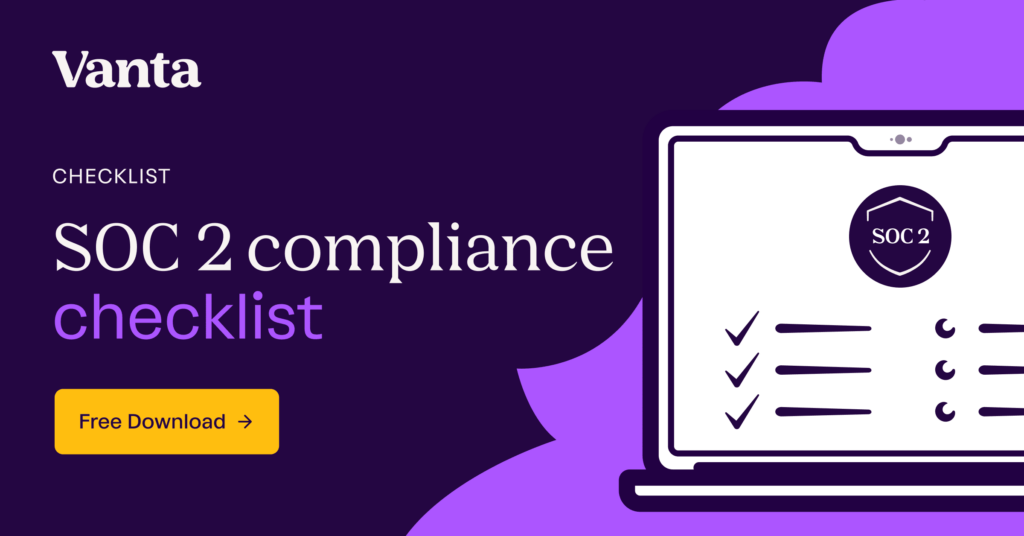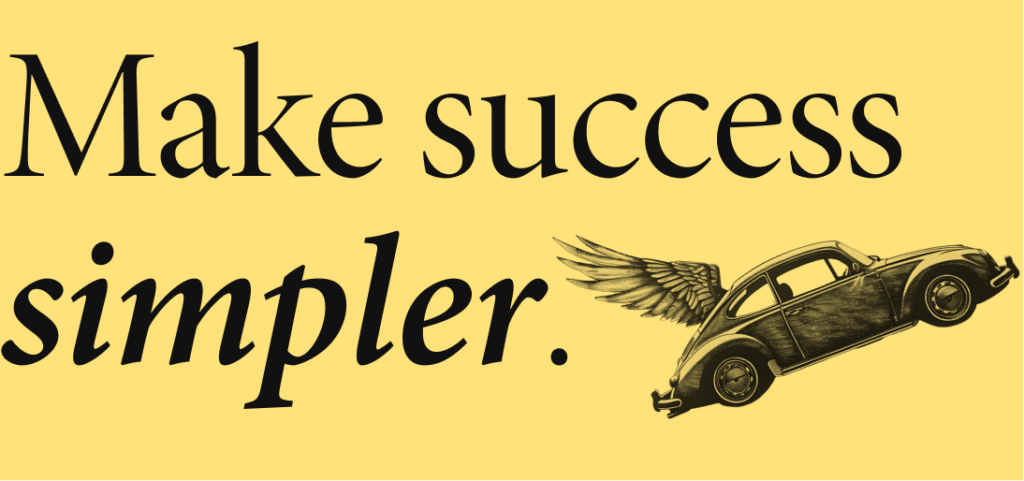Welcome to One Thing Better. Each week, the editor in chief of Entrepreneur magazine (that’s me) shares one way to achieve a breakthrough at work — and build a career or company you love.
Today’s edition is sponsored by Vanta — the all-in-one trust management platform. Details at the end of the newsletter.
You want to share your story — with customers, partners, or maybe future bosses.
But you’re hesitating. You have a lot of questions, like:
- Do people want to hear this?
- Will it be a turnoff?
- Is it TMI?
Here’s my answer:
Your story is one of your strongest assets. It can make you relatable and memorable, and it can draw people to you — but only if you tell it right.
Today, I’ll show you a four-step framework for turning personal stories into compelling narratives.
And to show you how it works, let’s start with a founder who experienced deep tragedy — and is unsure how to talk about it.
How to tell the hardest story
I cofounded a private network called CPG Fast Track, where we help early-stage CPG founders grow their brands. (We’re hosting a free session next week, to help boost your website sales. Come join!)
Recently, I met a new member named Jillian Froehlich Burke, founder of Nicer Foods. In our first conversation, she told me why she started the company — and it’s heartbreaking and powerful.
Four years ago, an intoxicated driver crashed into Jillian’s family during a road trip, killing her husband and leaving her in a coma with severe injuries. Her young children were miraculously unharmed. Doctors didn’t expect Jillian to make it, but she did — and as she recovered, she became obsessed with health and healing, especially through food. That journey inspired her to create a nourishing brand that everyone can enjoy.
For years, she said, she didn’t know how to talk about the accident. But now she’s remarried, is building this brand with her new husband, and wants people to understand her mission.
“Should I tell my story?” she asked me. “I’m afraid it’ll make the wrong impression.”
I told her this: First, only do this if you really, truly want to. You should never feel obligated to share your story, especially something that personal.
But if she’s ready, then yes, I think she should share it. It’s powerful, honest, explains the brand, and will set her brand apart in a crowded market.
So here’s how to do it.
Sharing something personal, purposefully
Here’s what people get wrong about storytelling: They think it’s just about facts — as if storytelling is simply a recounting of events.
It is not. Powerful storytelling is about contextualizing those events — which helps your audience understand and react to the narrative. They don’t just want to know what happened; they want to know why it matters.
For example, imagine meeting someone at a party, and they tell you a tragic personal story. How do you feel? Probably… a little uncomfortable. You’re not sure what to say. Do they want comfort? Sympathy? Something else? Is it rude to change the subject?
But now imagine you’re at that party, and someone tells you that same tragic story — and explains how it led them to a discovery, insight, or opportunity. Now you know how to respond, and you understand them better.
In other words: Stories should drive toward a purpose. And that purpose is yours to define.
The 4-part formula for personal stories
Obviously, there are many ways to tell your story — and in this case, I’m just focusing on outcome-oriented storytelling. This is how to use your story for a specific purpose, whether that’s on social media, on your website, on a stage, in a pitch, or any other setting where you want someone to act (like hiring you or buying your product).
To do this, tell your story in this four-part format:
- Part 1: Something happened to me.
- Part 2: It created a relatable problem that I needed to overcome.
- Part 3: It led me to create or deeply study a solution.
- Part 4: Now that I’ve learned it, I can help others — including you.
By telling your story this way, you get to play two roles at the same time:
First, you become your audience — you are just like them, having faced a setback and a relatable problem.
But you are also now the authority — because you did the work, and now you know how to solve their problem.
This is about building trust. You’re telling them: “I’m like you, and I was pushed to action, and the solution I have is honest and authentic.”
In this way, you’re not just telling YOUR story. You’re telling YOUR COLLECTIVE story — because they’re now a part of it.
This story is everywhere
Once you understand this framework, you’ll recognize it all the time.
For example, my friend Jim Kwik is a best-selling author and world-renowned brain coach. Here’s the About page on his website.

When he explains his work’s origin, it goes like this:
- Part 1: Jim experienced a brain injury as a child.
- Part 2: The injury limited his ability to read and learn, and a teacher called him “the boy with the broken brain.”
- Part 3: He dedicated himself to understanding memory and learning, which helped him recover.
- Part 4: Now he teaches others how to improve their own memory and learning.
It’s a powerful story! And it helped Jim build a powerful brand.
This is important to know: Although Jillian experienced a car crash, and Jim experienced a brain injury, you do NOT need severe trauma to tell this four-part story.
Sara Blakely does a version of it, for example: She was selling fax machines, wanted to wear a certain outfit but didn’t look good in it, created a product to solve her own problem, and grew it into Spanx.
It’s the same basic story: “I had a problem like you, I did something about it, now I can help you solve that same problem.”
Here’s what Jillian did
After I shared this framework with Jillian, she spent a week thinking about it — and then acted.
She updated the About Us page of her brand’s website, where she now tells her personal story. She writes about the car accident, the quest to reclaim her health, and working to care for her children’s health as well.

One week after posting her story, she told me, she already saw an impact.
“I’ve had two different potential partners reach out completely unprompted, saying they love my story, find it inspiring and want to find ways to work together,” she told me. “That response is very surreal, humbling and motivating.”
I’m thrilled, but I’m not surprised.
Jillian has a powerful story. She experienced darkness, found light, and now wants to help others. Who doesn’t love and appreciate that? Who wouldn’t trust her more, now that they know?
You have this too. Your story will be different from Jillian’s, but it can be powerful all the same. You experienced something. You acted. Now you have solutions for people like you.
They are waiting to hear your story. So tell it.
That’s how to do one thing better.
The all-in-one trust management platform

As a startup founder, finding product-market fit is your top priority. But landing bigger customers requires SOC 2 or ISO 27001 compliance—a time-consuming process that pulls you away from building and shipping.
That’s where Vanta comes in.
Join over 9,000 companies, including hundreds of Y Combinator-backed startups like Supabase, Newfront, and Fern who streamline compliance with Vanta’s automation and trusted network of security experts.
Start with the SOC 2 compliance checklist, which breaks down the process into clear steps—so you can spend less time on compliance and more time growing your business.
*sponsored
